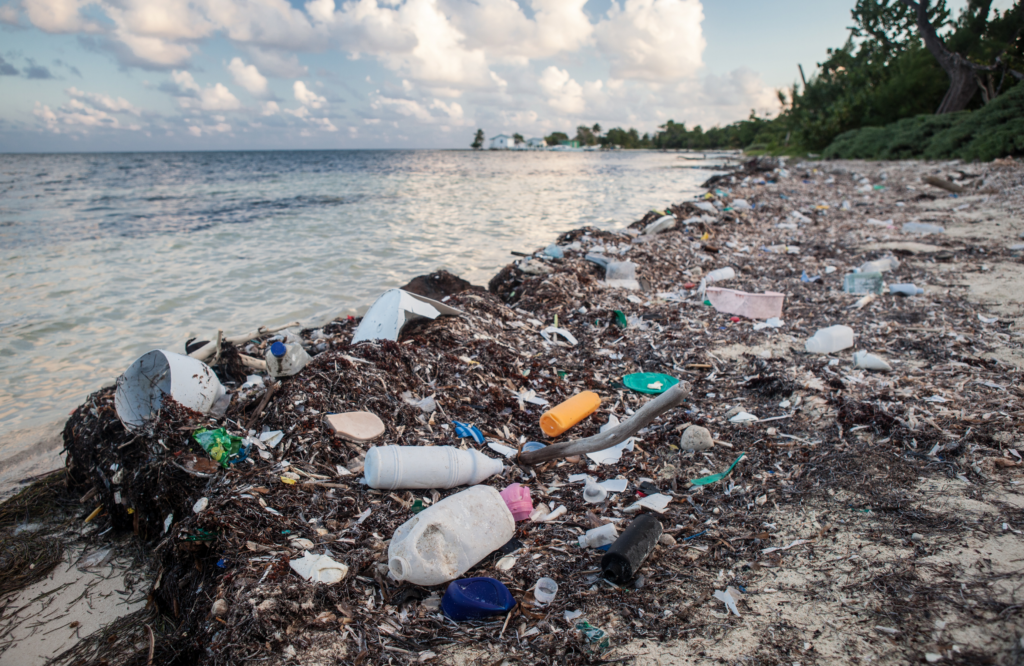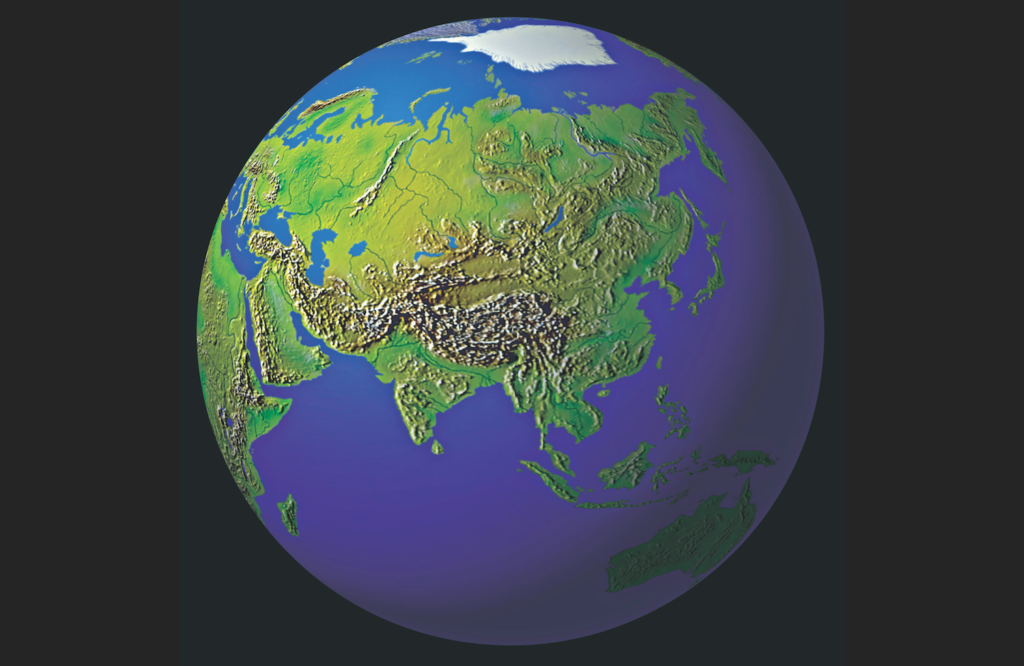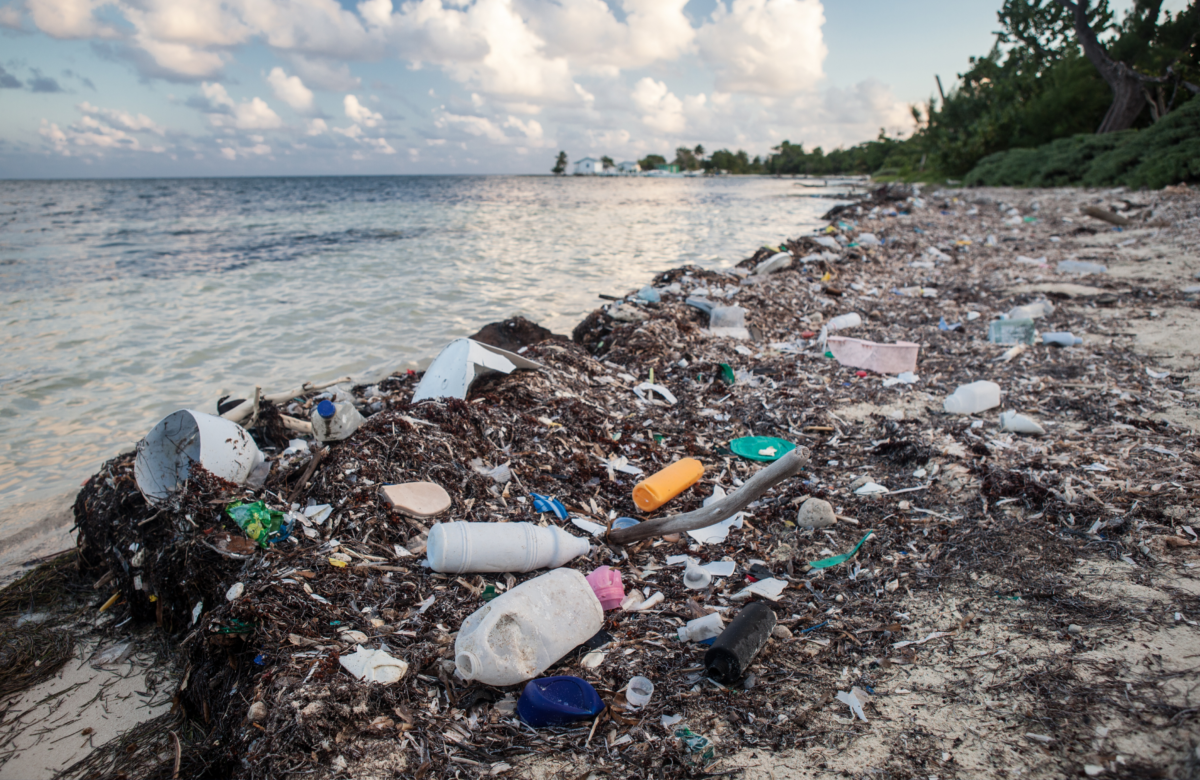Recycled plastic makes up a very small percentage of plastic produced
Since the 1970s, plastic has been one of the most popular materials in the world. Plastic is used for everything from packaging to fabric to textiles. According to the United Nations Environmental Program, “more than 8.3 billion tons of plastic has been produced since the early 1950s. About 60 percent of that plastic ended up in a landfill or the natural environment.” As a result, plastic pollution is widespread and harmful, leeching toxic chemicals into the environment and threatening wildlife and habitat. The need for recycling plastic has never been greater, yet estimates suggest that only 8% of the world’s plastic is recycled.

This low rate is due to several factors. It is currently less expensive to produce virgin plastic using fossil fuels than to recycle it. Plastic is not uniform in its composition, and some plastic is easily recycled while other types are more resource and labor intensive. Estimates on recycling rates by country are difficult to find and vary. However, experts expect to see a significant increase in global plastic recycling rates in 2021 thanks to the addition of disposable plastic to the Basel Convention on the Control of Transboundary Movements of Hazardous Wastes and their Disposal. This United Nations agreement regulates international transport of hazardous materials so that wealthy countries cannot dump garbage on less-developed ones.
According to an article in Science, the addition of plastics to the Basel Convention has the potential to deter the shipment of plastics from powerful countries like China and the United States to smaller and poorer countries, which could galvanize the plastic recycling industry.
While technology exists to recycle plastics, negative perceptions abound in regards to plastics recycling, according to the World Economic Forum.
However, regulatory, shareholder, and moral incentives are driving the discussion on how to increase global recycling rates in order to reduce current and prevent future plastic pollution. Specifically, world leaders are calling on financial institutions to develop new recycling markets that will have environmental and economic benefits.
Because it is cheaper and less complicated to develop new plastic instead of recycling it, The American Chemistry Council estimated that in 2018, less than 10 percent of American plastic was recycled. In that same year, American landfills received 27 million tons of plastic, representing 18.5 percent of all municipal solid waste. By contrast, both Europe and Asia have significantly higher plastic recycling rates, though specific rates vary by country.

In order to have a meaningful impact, some experts are calling for an international agreement that sets targets for “reducing plastic rubbish in the oceans,” which would galvanize worldwide plastics recycling.
Consultant John Richardson advocates for a global agreement akin to the Paris Climate Agreement for plastics that would, address the problem of plastic pollution—which results when plastics end up in landfills and the natural environment instead of being recycled and reused—“at the source.”
He writes, “As the developing world gets richer, the content of plastic in the oceans can only increase unless we take urgent action. Many of the goods made from single-use plastics are lifesaving and so essential. Investments in chemicals and mechanical recycling won’t by themselves fix the problem. Waste collection and sorting systems need to be built from scratch with solutions region-specific. How do we start? With a Paris-type agreement on plastic waste, setting global binding targets for cutting plastic rubbish in the oceans. Then the regulations and incentives will follow.”
And it follows, countries will increase their recycling capability and will likely be more transparent in their plastic recycling achievements.
To share your thoughts on recycled plastic or to learn more about SAYA fiber, please contact us at change@sayarenew.com
